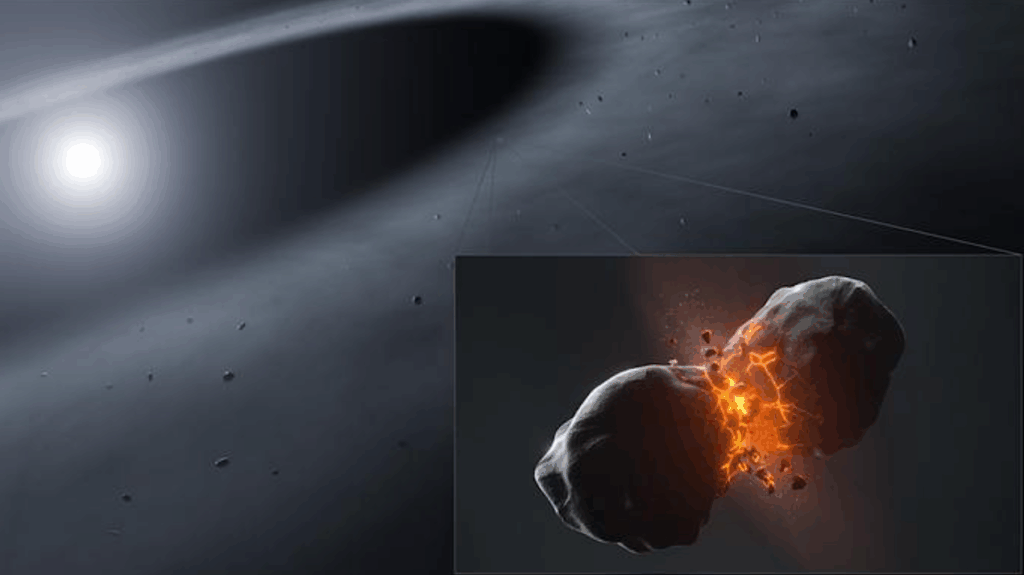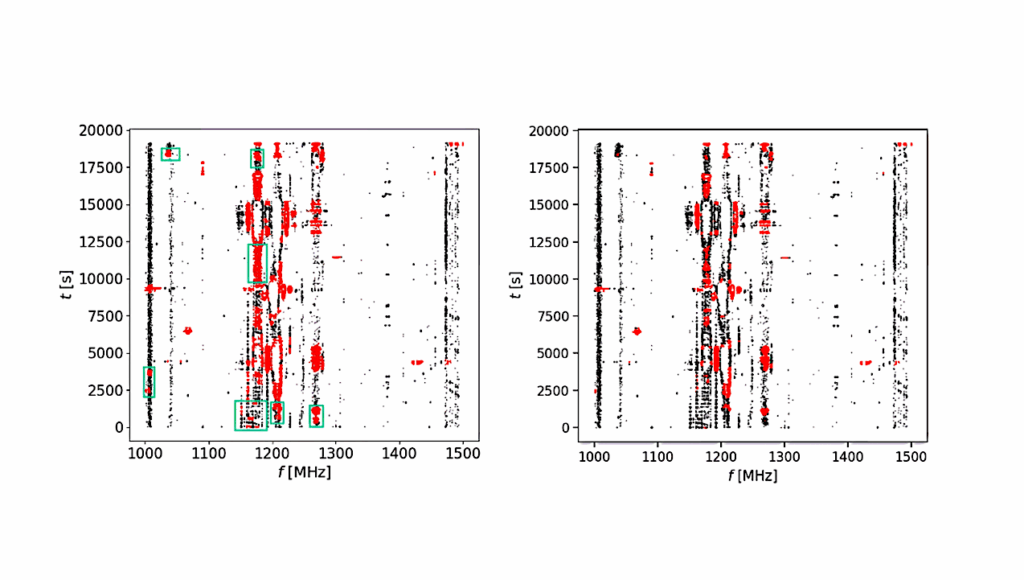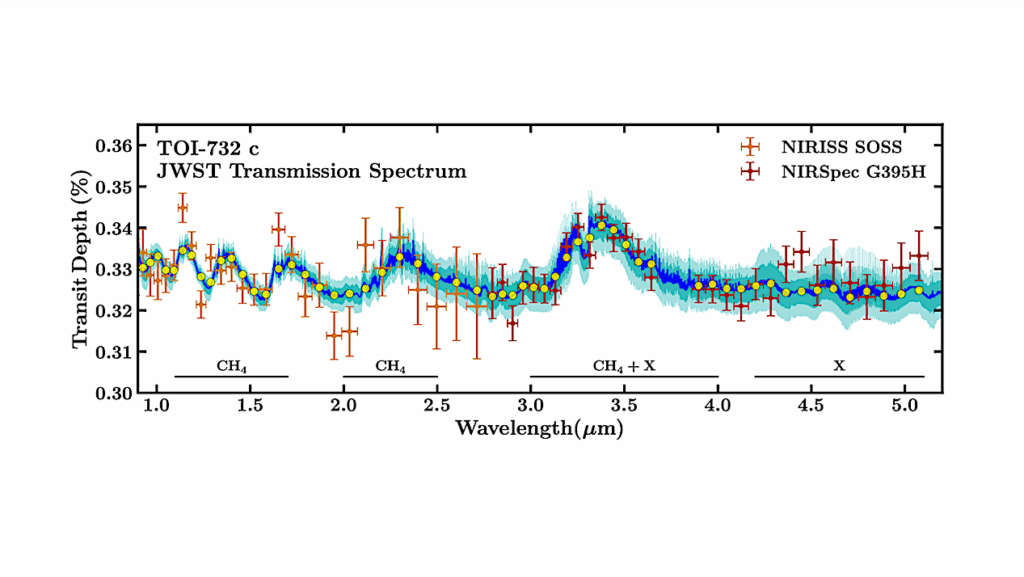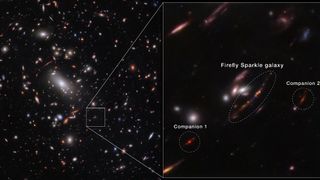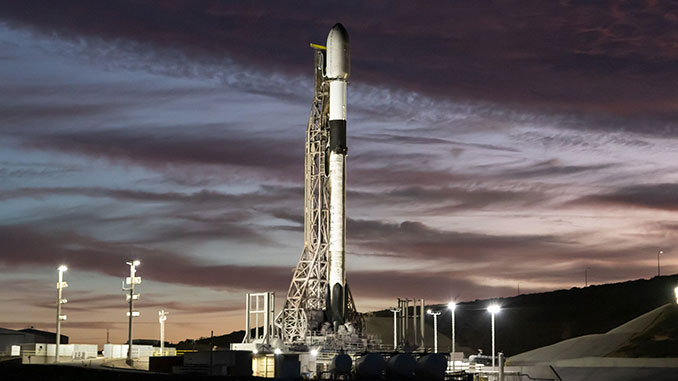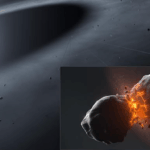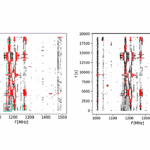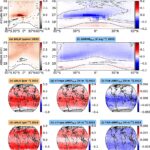Now Reading: NASA Spaceline Current Awareness List #1,128 13 December 2024 (Space Life Science Research Results)
-
01
NASA Spaceline Current Awareness List #1,128 13 December 2024 (Space Life Science Research Results)
NASA Spaceline Current Awareness List #1,128 13 December 2024 (Space Life Science Research Results)
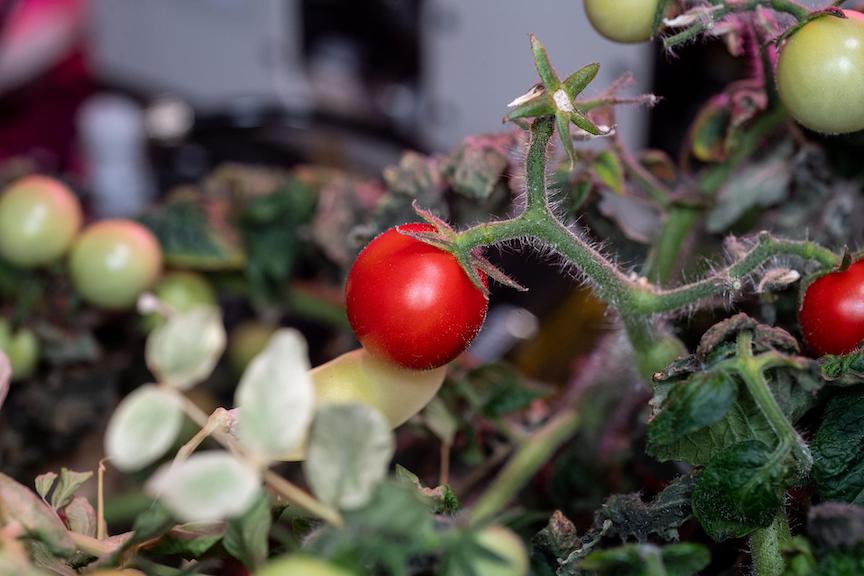

The abstract in PubMed or at the publisher’s site is linked when available and will open in a new window.
Journal Impact Factor: Not available for this publication
Funding: “This work was supported by a NASA Space Technology Graduate Research Opportunities Award (Grant No. 80NSSC20K1202 to ARA), which paid the salary of ARA. This project has been funded in whole or in part with Federal funds from the National Aeronautics and Space Administration (Contract No. 80NSSC21C0253 to TKC), which paid the salary of TKC, CRA, and LK.”
Funding: NASA grant #80NSSC19K1620
Funding: “This research was funded by NASA, grant number 80JSC019N001-HHCBPSR, the Translational Research Institute for Space Health (TRISH), grant number P0702, and NIGMS, grant number P20 GM109005. …”
Journal Impact Factor: 3.3
Funding: “UL1TR000071/HHS | NIH | National Center for Advancing Translational Sciences (NCATS); NNX11AJ62G/National Aeronautics and Space Administration (NASA).”
Funding: “This work was supported by NINDS R01 NS114480 (AKM), T32ES007026 (AOS), NASA 80NSSC21K0542 (MKO), a Joan Wright Goodman award from the University of Rochester (AOS), and an Ernest J. Del Monte Institute for Neuroscience Pilot Grant (MKO). Additionally, this work utilized the University of Rochester Wilmot Cancer Institute Imaging and Radiation Shared Resource and S10 NIH grant S100D021548 (BM).”
Journal Impact Factor: 7.2
Funding: “This work was supported by the Translational Research Institute for Space Health through Cooperative Agreement NNX16AO69A and the University of Colorado.”
Journal Impact Factor: 1.4
Funding: L. McIntyre is affiliated with NASA Glenn Research Center.
Stay Informed With the Latest & Most Important News
-
 01From Polymerization-Enabled Folding and Assembly to Chemical Evolution: Key Processes for Emergence of Functional Polymers in the Origin of Life
01From Polymerization-Enabled Folding and Assembly to Chemical Evolution: Key Processes for Emergence of Functional Polymers in the Origin of Life -
 02Panasonic Leica Summilux DG 15mm f/1.7 ASPH review
02Panasonic Leica Summilux DG 15mm f/1.7 ASPH review -
 03Two Black Holes Observed Circling Each Other for the First Time
03Two Black Holes Observed Circling Each Other for the First Time -
 04How New NASA, India Earth Satellite NISAR Will See Earth
04How New NASA, India Earth Satellite NISAR Will See Earth -
 05And Thus Begins A New Year For Life On Earth
05And Thus Begins A New Year For Life On Earth -
 06Astronomy Activation Ambassadors: A New Era
06Astronomy Activation Ambassadors: A New Era -
07SpaceX launch surge helps set new global launch record in 2024












